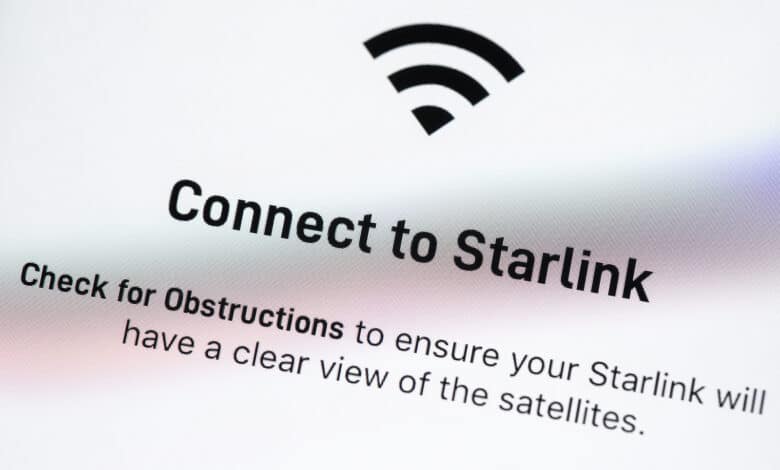
Starlink wants to be the Internet of the future and has already sent a lot of satellites into orbit. Now, analyses reveal that this does not remain without traces. In the meantime, one can see stripes in the sky, which could hinder science sooner or later.
One-fifth of all astronomy images affected
For some time, people have been skeptical about the trend toward satellite Internet in many research fields. The most obvious of these is probably the skepticism generated on the part of astronomers. In addition to the increasing danger of collisions in space resulting from the accumulation of more and more satellites, the mere observation of the sky now seems to be impaired. An analysis conducted by the San Diego, California-based Zwicky Transient Facility (ZTF) found that patterns of Starlink satellites can now be seen in nearly one-fifth of the sky images. By comparison, when Starlink was launched, not even one percent of the images were affected. But scientists at the observatory on the U.S. West Coast also say that they do not believe these streaks would have a detrimental effect on scientific work. That could change, however, with a significant increase in satellites.
Dangers of the satellite trend
Behind Starlink is none other than Tesla CEO Elon Musk. The sophisticated satellite Internet is one of the promising projects of Musk’s space company SpaceX. But if the world’s richest man has his way, the current collection of nearly 2,000 satellites in orbit around the Earth is just the beginning. Thousands more satellites are to follow to enable Internet even in the most remote regions of the earth. And Elon Musk is not the only one who has jumped on the promising satellite Internet bandwagon. Many other companies have already been found that want to send their own fleets of satellites into our orbit. If this trend continues, there is not only the threat of a gigantic amount of space debris. On top of that, the accumulation of tens of thousands of satellites will no longer allow an unobstructed view of the sky.
Early warning systems overridden
While one does not want to paint the devil on the wall, it is quite possible that the disruption of astronomical work, will bring severe consequences. One of the most important tasks of observatories like the ZTF is to scan the sky for possible dangers. Especially asteroids are in the focus of the scientists. With the current number of satellites, these can still be detected without any problems. However, if the number of satellites grows in line with forecasts, the frequency of the streaks is also likely to increase. The probability that a potentially dangerous meteorite is hidden behind one of these stripes will then also increase.




No replies yet
Neue Antworten laden...
Neues Mitglied
Beteilige dich an der Diskussion in der Basic Tutorials Community →